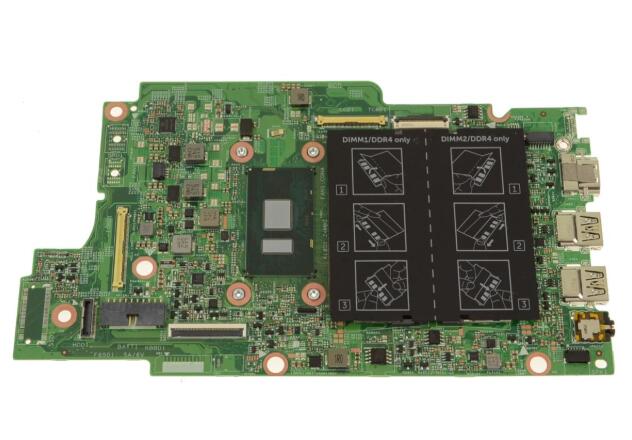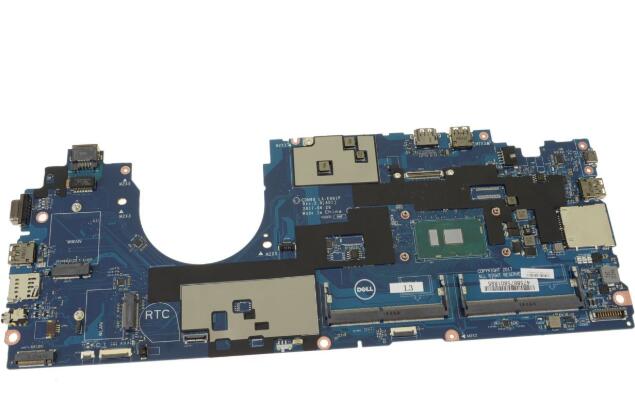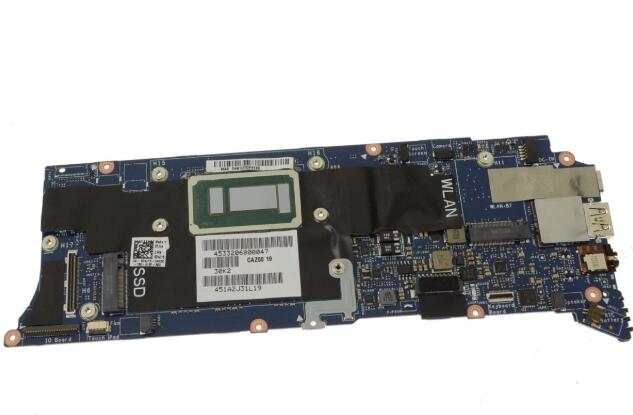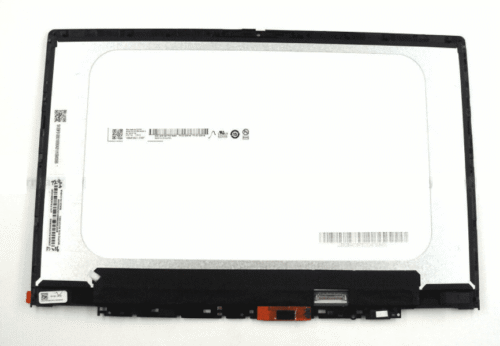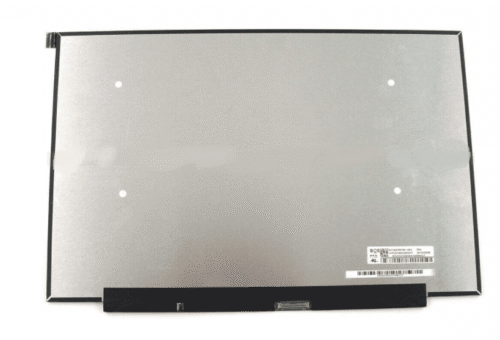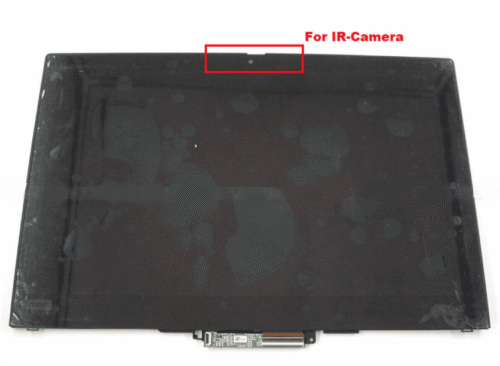What is the significance of jumper settings on a motherboard?
Jumper settings on a motherboard serve several important purposes:
- Configuration and Customization: Jumper settings allow users to configure and customize various hardware settings on the motherboard according to their specific requirements. These settings can include CPU voltage, clock speed, bus frequency, memory timings, and other parameters.
- Hardware Identification: Jumpers are often used to identify specific hardware components or configurations, such as setting the master or slave status on IDE (Integrated Drive Electronics) devices like hard drives and optical drives. By adjusting the jumper settings, users can designate the primary and secondary devices on the IDE controller.
- Clearing CMOS: Many motherboards feature a jumper or a button to clear the CMOS (Complementary Metal-Oxide-Semiconductor) memory, which stores BIOS settings and configuration data. Clearing the CMOS resets the motherboard to its default factory settings, which can help resolve certain configuration issues or BIOS errors.
- Enabling or Disabling Features: Jumpers can be used to enable or disable specific features or functionalities on the motherboard, such as onboard audio, USB ports, serial ports, parallel ports, and RAID (Redundant Array of Independent Disks) controllers. By adjusting the jumper settings, users can customize the hardware configuration of the motherboard to suit their needs.
- Overclocking and Performance Tuning: Enthusiast users often use jumper settings to overclock the CPU or memory modules, which involves increasing the clock speed and voltage to achieve higher performance levels. By adjusting the jumper settings, users can fine-tune the overclocking parameters and optimize the system’s performance.
- BIOS Recovery: In some cases, jumper settings may be used to initiate BIOS recovery procedures in the event of a failed BIOS update or corruption. By changing the jumper configuration, users can force the motherboard to boot from a backup BIOS or recovery image stored in a secondary memory chip.
Overall, jumper settings play a significant role in configuring, customizing, and troubleshooting hardware components on a motherboard. They provide users with flexibility and control over various aspects of the system’s configuration and functionality, allowing for optimal performance and compatibility with different hardware configurations and usage scenarios.

